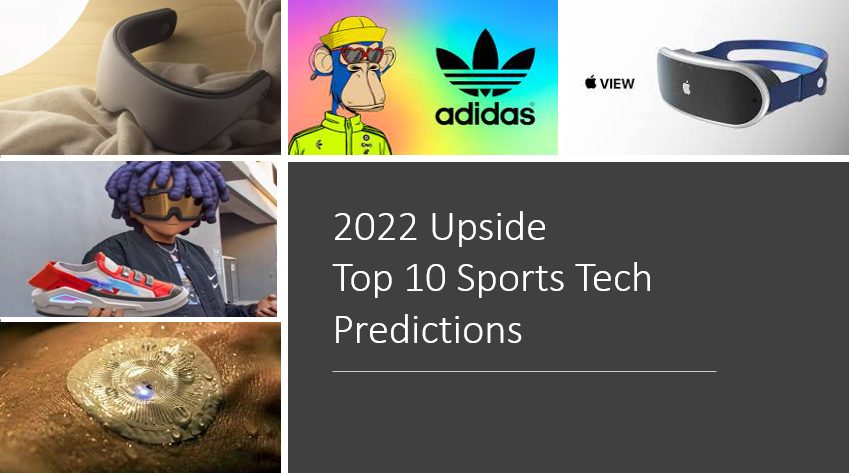Dear colleague, First off, we would like to wish you and your family a happy holiday and all the best for 2022. Make sure to stay safe during the holidays. This is now time for our 2022 top sports tech predictions. A lot has happened in 2021 in the world…
Share This Story, Choose Your Platform!
Total reviews
Persons recommended this product
Anonymous
Shopper
check_circle Verified
Shop owner replied
Anonymous
Shopper
check_circle Verified
Shop owner replied
Thanks for your review!
Your feedback helps us improve our service.
There are no reviews yet.
Be the first to review “ ”
Please log in to submit a review.
Don't have an account? Register here .
Only logged in customers who have purchased this product may leave a review



